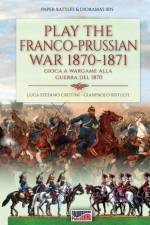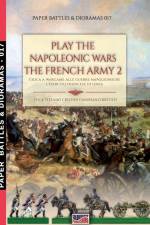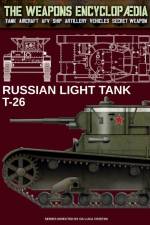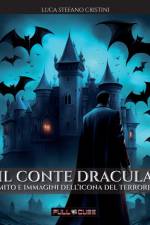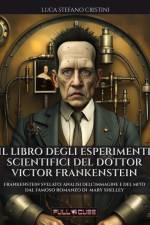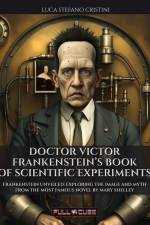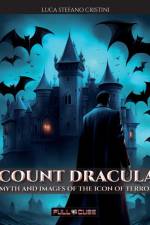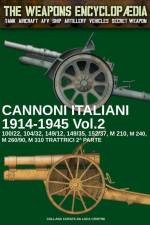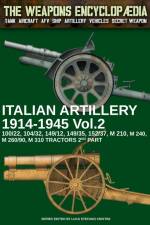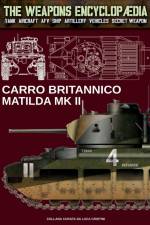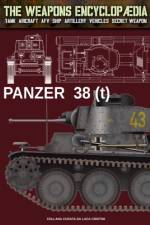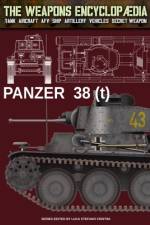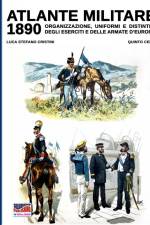von Luca Stefano Cristini
66,00 €
Il libro che andiamo a presentare è una sorta di copia anastatica di un famoso volume dato alle stampe e curato dal nostro Quinto Cenni a Milano nell'ottobre del 1890Il nostro artista ha curato tutta la parte testuale e buona parte anche di quella iconografica, tuttavia non è il solo illustratore di quest'opera. Infatti, come vi capiterà certamente di notare, molte immagini recano la firma di un altro famoso artista suo contemporaneo, Richard Knotel, una sorta di Quinto Cenni del mondo tedesco. L'atlante militare, così viene chiamato, è un compendio dedicato ai principali eserciti europei del tempo, compreso quello turco. Per ogni nazione, specialmente per le più importanti, viene raccontata la sua organizzazione, l'armamento, e specialmente la sua uniforme, sempre con un carattere più divulgativo che scientifico! Del resto questi album avevano lo scopo di venir distribuiti anche a persone semplici non strettamente ferrate in materie militari. Il carattere risorgimentale del nostro Cenni è perennemente presente, e oggi molte sue affermazioni fanno quasi sorridere al pensiero di cos'è diventata la guerra moderna; effetti, questi, già ben visibili anche durante la prima guerra mondiale, conflitto che il nostro autore non fece in tempo a vedere concluso giacchè morì nel 1917. Il mondo militare del Cenni, quello da lui visto e vissuto era ancora figlio delle cariche di cavalleria delle guerre di indipendenza prima, e delle belle uniformi della riforma Ricotti poi, era quello un tempo detto della Belle Epoque! Un mondo stava finendo e chissà se Quinto Cenni, poco prima di morire, se ne era pure lui reso conto.

